The joy of keeping an aquarium is undeniable – the vibrant colors of fish swimming gracefully through crystal-clear water create a mesmerizing display that can transform any room. However, behind this serene scene lies a critical biological process that every aquarist must master: cycling a fish tank. Fish tank cycling establishes the nitrogen cycle, the biological foundation that converts toxic fish waste into less harmful compounds. Without proper cycling, your aquatic pets may suffer from ammonia poisoning, disease, and even death. This comprehensive guide will walk you through the essential steps of cycling your aquarium correctly, ensuring a healthy environment for your underwater friends and preventing the frustration of persistent water quality problems.
Understanding the Nitrogen Cycle: The Biological Foundation
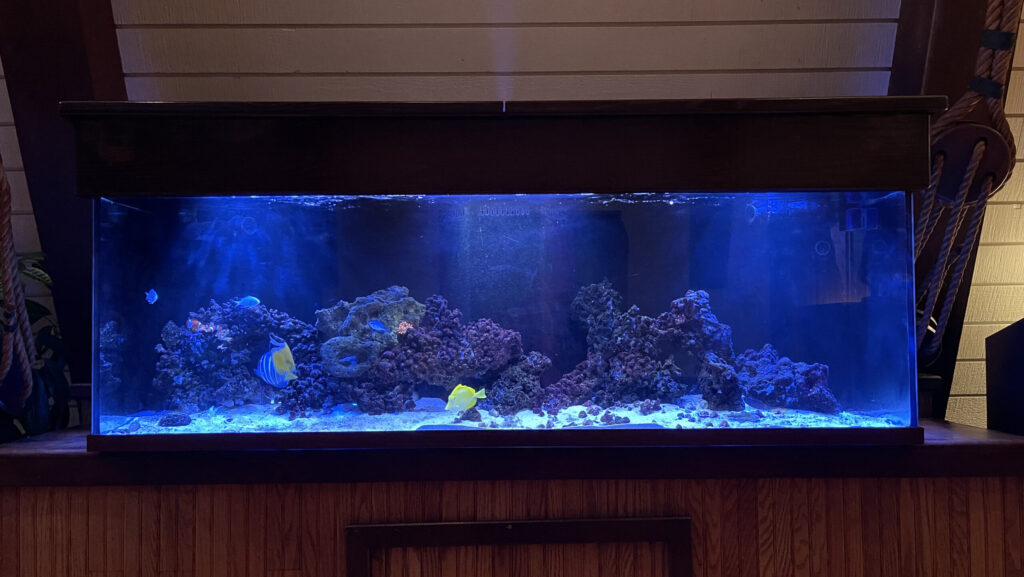
Before beginning the cycling process, it’s crucial to understand what happens during the nitrogen cycle in an aquarium. Fish produce waste that breaks down into ammonia, a highly toxic compound that can quickly harm aquatic life even in small concentrations. Beneficial bacteria then colonize your filter media and other surfaces, converting this ammonia first into nitrite (also toxic) and finally into nitrate (less harmful in moderate levels). This three-stage conversion process is the foundation of a healthy aquarium ecosystem. Without these beneficial bacterial colonies establishing themselves properly, your tank remains an inhospitable environment where waste products accumulate to dangerous levels. Understanding this biological process gives you the knowledge to monitor and support it effectively during cycling.
Essential Equipment for Proper Cycling
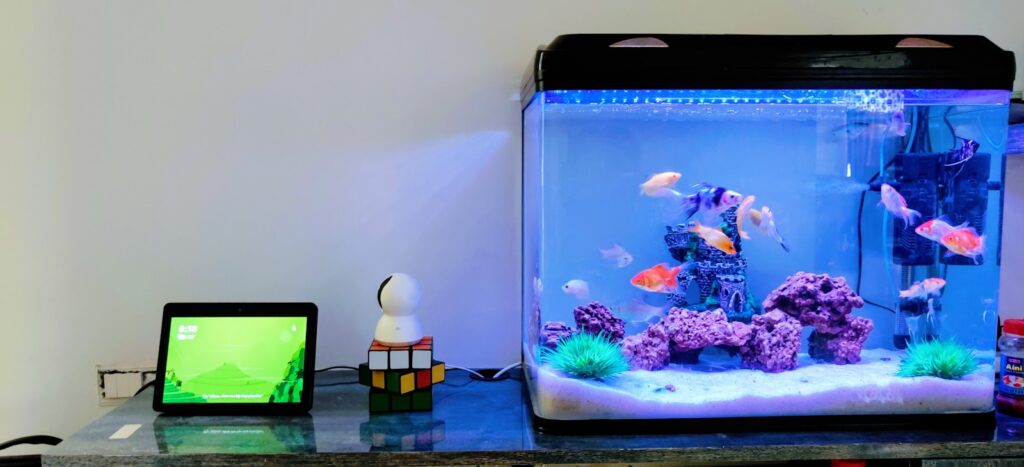
Gathering the right equipment before starting your cycling journey saves time and prevents complications. At minimum, you’ll need an appropriately sized filter that provides mechanical, biological, and chemical filtration to support bacterial growth and water purification. A reliable water testing kit that measures ammonia, nitrite, nitrate, and pH is non-negotiable, as these parameters will guide your entire cycling process. A thermometer and heater help maintain consistent temperatures that support bacterial growth, while an air pump improves oxygen levels necessary for beneficial bacteria to thrive. Consider adding a timer for your lights to establish a consistent day/night cycle that helps stabilize the developing ecosystem. For larger tanks, powerheads or circulation pumps ensure proper water movement throughout the tank, preventing dead spots where waste can accumulate.
Choosing Between Fishless and Fish-In Cycling Methods
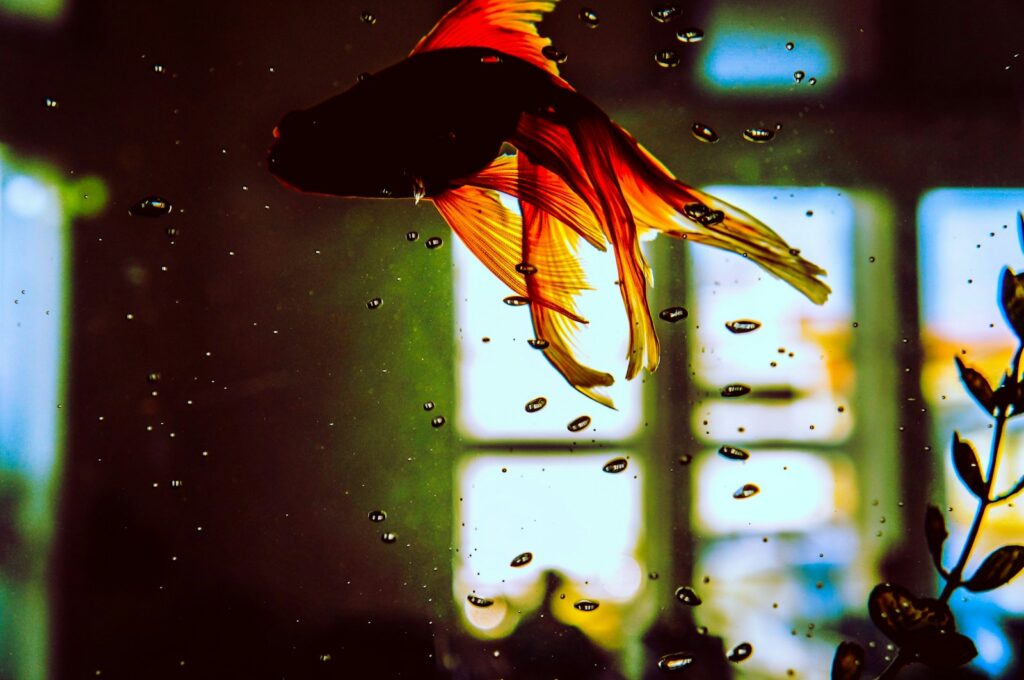
Two primary approaches exist for cycling an aquarium: fishless cycling and fish-in cycling. Fishless cycling, widely considered more humane, involves adding a source of ammonia to the tank without fish present, allowing bacteria to develop without endangering live animals. This method typically uses pure ammonia, fish food that decomposes, or even raw seafood to generate the necessary ammonia spike. Fish-in cycling, the traditional but more challenging method, involves adding a few hardy fish to a new tank and carefully monitoring water parameters while bacterial colonies establish. This approach requires vigilant water testing and frequent water changes to keep ammonia and nitrite at levels that won’t harm the fish. For beginners or those concerned with ethics, fishless cycling offers a more controlled, predictable, and humane approach to establishing your aquarium’s biological filtration.
Step-by-Step Guide to Fishless Cycling
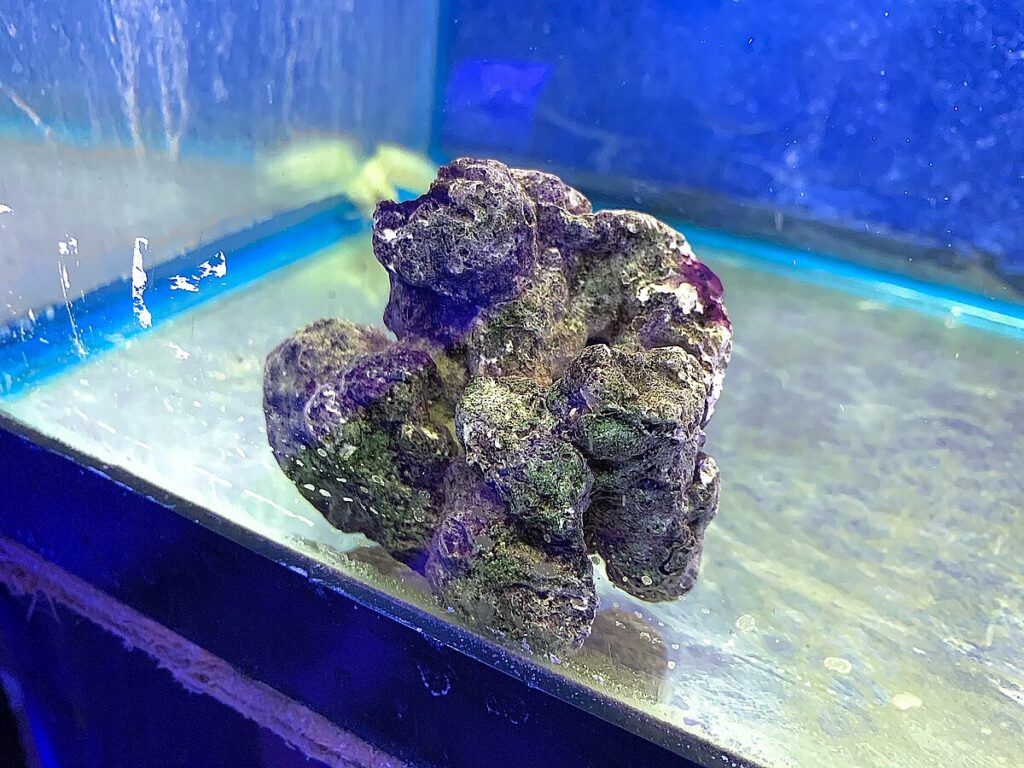
Fishless cycling begins with setting up your tank completely – including filtration, heating, and decoration – but without adding any fish. Add a pure ammonia source (available at many pet stores) to reach 2-4 parts per million (ppm), which you’ll verify with your test kit. Test your water daily, recording ammonia, nitrite, and nitrate readings to track the cycle’s progress. Initially, you’ll see ammonia levels rise, then gradually fall as nitrite levels increase, indicating the first beneficial bacteria colony is establishing. When nitrite levels begin dropping and nitrate readings appear, you’ve entered the final stage of the cycle. Continue adding small amounts of ammonia daily to feed the developing bacteria. The cycle is complete when you can add ammonia and have it convert fully to nitrate within 24 hours, with both ammonia and nitrite reading zero. This process typically takes 3-6 weeks, depending on water temperature, pH, and other factors.
Navigating the Fish-In Cycling Process Safely
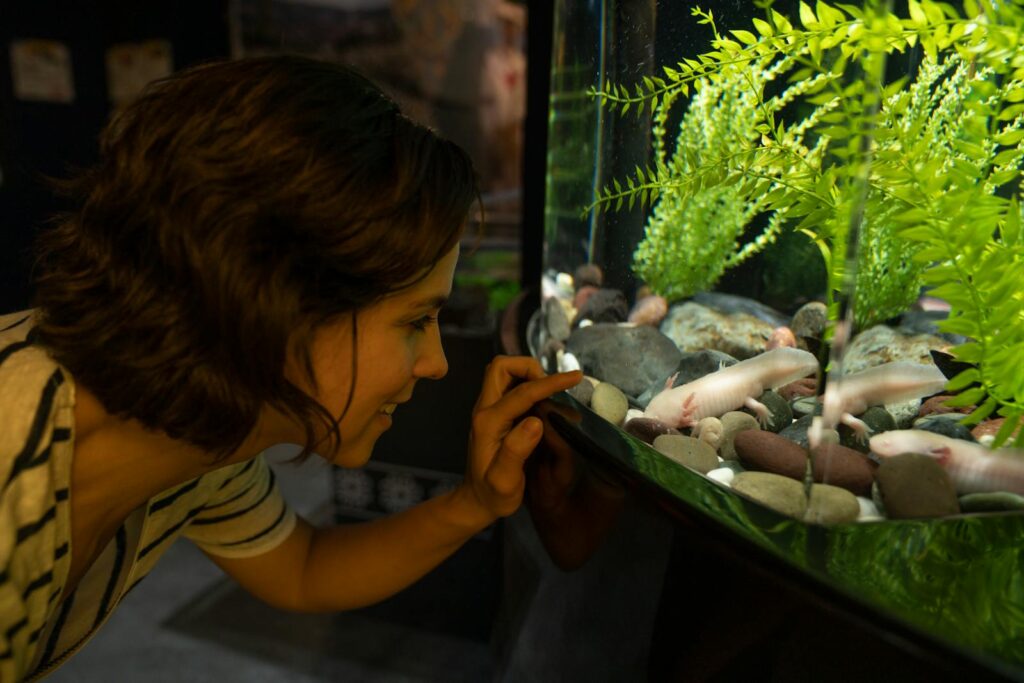
If you must perform a fish-in cycle, start with a minimal number of hardy fish species like zebra danios or certain tetras that can better tolerate changing water conditions. Test your water parameters daily, performing water changes of 25-30% whenever ammonia or nitrite levels reach 0.5 ppm to protect your fish from toxicity. Add a bacterial supplement designed for aquariums to help jumpstart the colonization process and reduce cycling time. Feed your fish sparingly during this period – once every other day with a tiny amount of food – to minimize waste production while the beneficial bacteria establish. Consider using detoxifying products that temporarily bind ammonia between water changes, though these are not substitutes for proper cycling. Throughout this process, observe your fish closely for signs of stress including rapid gill movement, gasping at the surface, lethargy, or loss of appetite, and respond with immediate water changes if these symptoms appear.
Using Bacterial Supplements Effectively
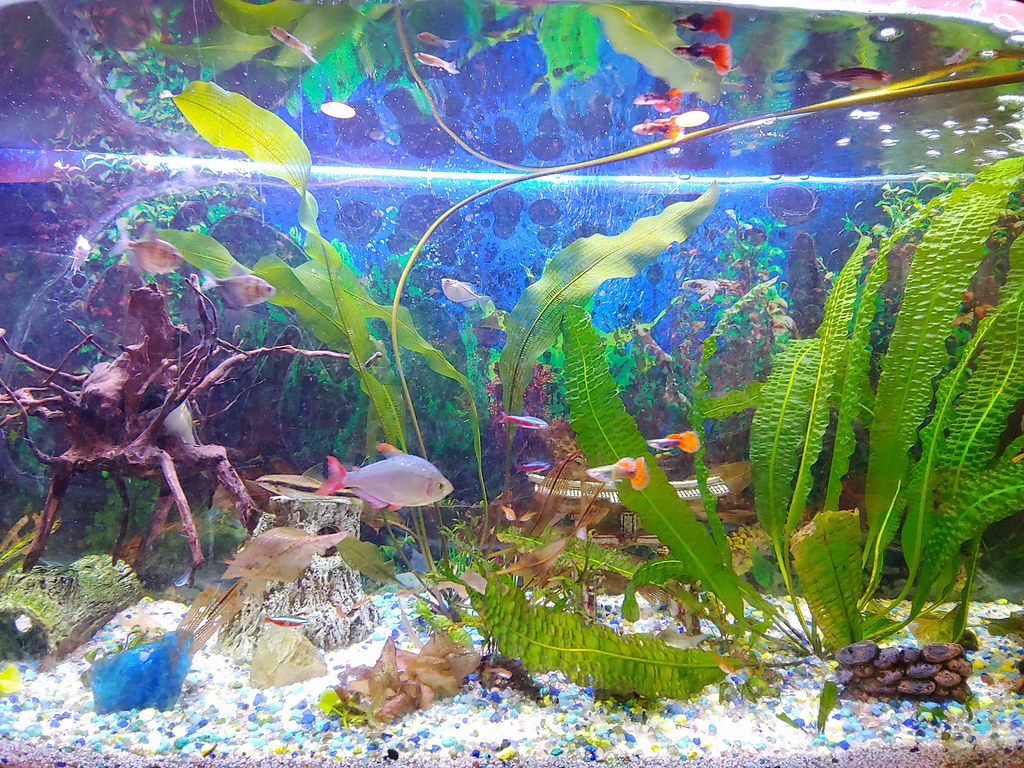
Commercial bacterial supplements can accelerate the cycling process when used correctly, though they’re not magic solutions that instantly cycle your tank. Choose products containing Nitrosomonas and Nitrobacter bacteria species, which are directly involved in the nitrogen cycle. Follow the dosing instructions precisely, as overdosing won’t speed up the process and may create other water quality issues. For maximum effectiveness, add these supplements directly to your filter media where bacteria will primarily colonize. Some products require refrigeration before opening to keep the bacteria viable, while others have specific shelf lives once opened. Remember that while these products can help establish bacterial colonies faster, they don’t eliminate the need for testing and monitoring – they simply give beneficial bacteria a head start. Even with supplements, complete cycling typically requires at least 2-3 weeks before your aquarium is fully stable.
Seeding Your Tank with Established Media

One of the most effective ways to accelerate cycling is by seeding your new tank with filter media, substrate, or decorations from an established, disease-free aquarium. These materials already contain colonies of the beneficial bacteria you’re trying to cultivate, essentially providing a “transplant” of your biological filtration system. Ask a trusted friend with a healthy aquarium or a reputable local fish store if they can spare some filter media – even a small portion of established media can dramatically reduce cycling time. When transferring these materials, keep them moist with aquarium water and minimize exposure to air, which can kill the beneficial bacteria. Position the seeded material near your filter intake or directly in your filter to allow bacteria to colonize your new system efficiently. This method, combined with regular testing, can reduce cycling time from weeks to days in some cases, though you should still verify the cycle is complete before adding a full bioload.
Common Cycling Mistakes to Avoid
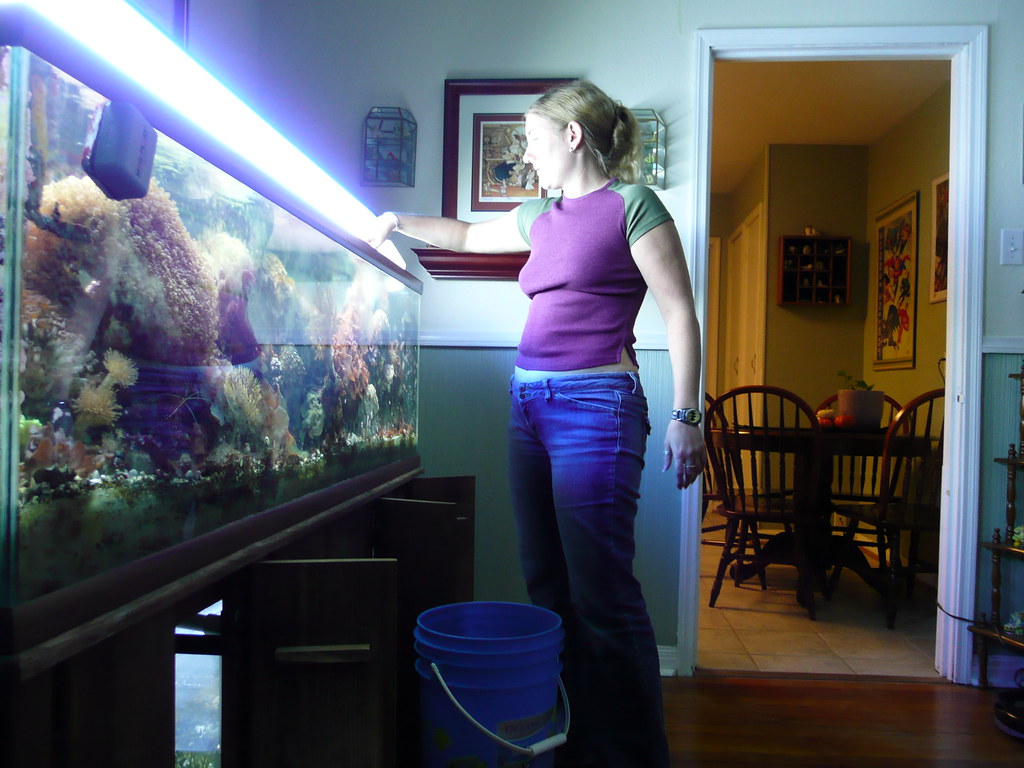
Several common mistakes can derail the cycling process and prolong the time before your tank is safe for fish. Overfeeding during fish-in cycling creates excessive waste that overwhelms developing bacterial colonies and spikes ammonia to dangerous levels. Changing filter media or cleaning the filter too thoroughly during cycling removes the very bacteria you’re trying to cultivate. Using tap water containing chlorine or chloramine without a proper dechlorinator kills beneficial bacteria instantly, potentially resetting your cycle progress. Rushing the process by adding too many fish too quickly overwhelms the biofilter capacity, causing “new tank syndrome” where ammonia and nitrite spike to toxic levels. Neglecting regular water testing leaves you blind to what’s actually happening in your aquarium, preventing timely interventions when problems develop. By avoiding these pitfalls and remaining patient, you’ll establish a stable nitrogen cycle more efficiently.
Monitoring Water Parameters Through the Cycling Process
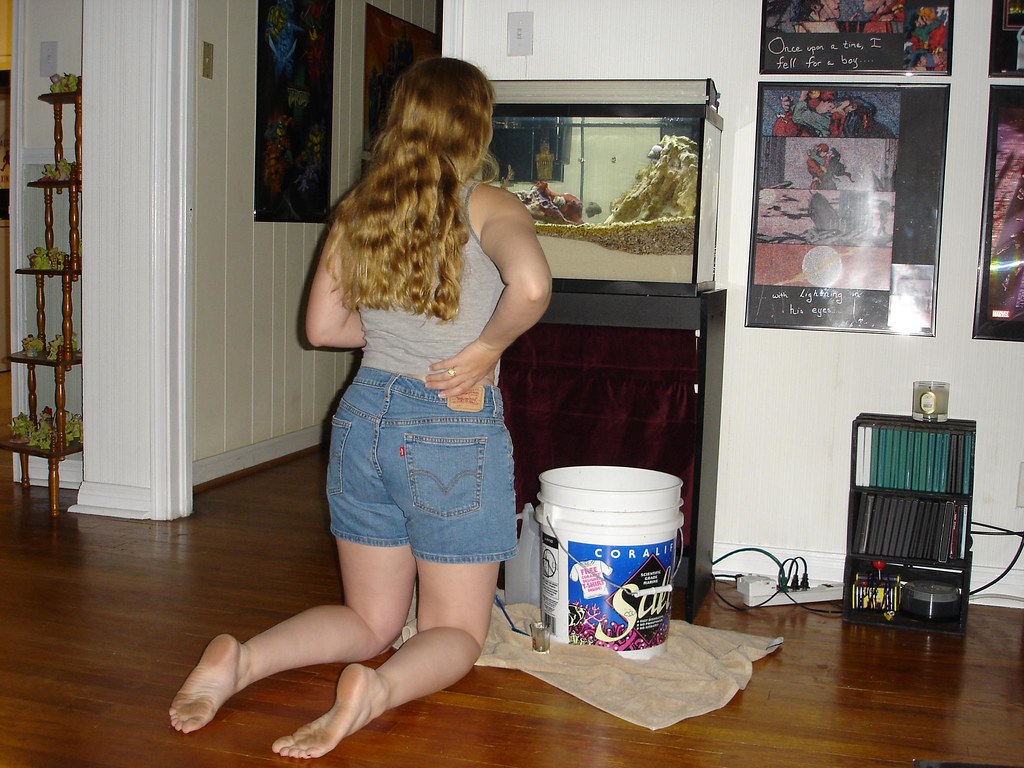
Effective testing is the cornerstone of successful aquarium cycling, providing the feedback necessary to understand your progress. Establish a testing schedule for ammonia, nitrite, nitrate, and pH at the same time each day, recording results in a notebook or spreadsheet to track patterns. During the initial phase, you’ll see ammonia levels rise before beneficial bacteria begin processing it. The second phase shows declining ammonia with rising nitrite levels as the first type of bacteria establishes. The final phase reveals both ammonia and nitrite dropping to zero while nitrate levels increase, indicating the cycle is nearing completion. Beyond these nitrogen compounds, monitor pH stability, as significant fluctuations can stress beneficial bacteria and slow the cycling process. Temperature should remain consistent in the 75-80°F (24-27°C) range for optimal bacterial growth, with lower temperatures significantly slowing the cycling process.
Understanding Cycling Timeframes and Variables
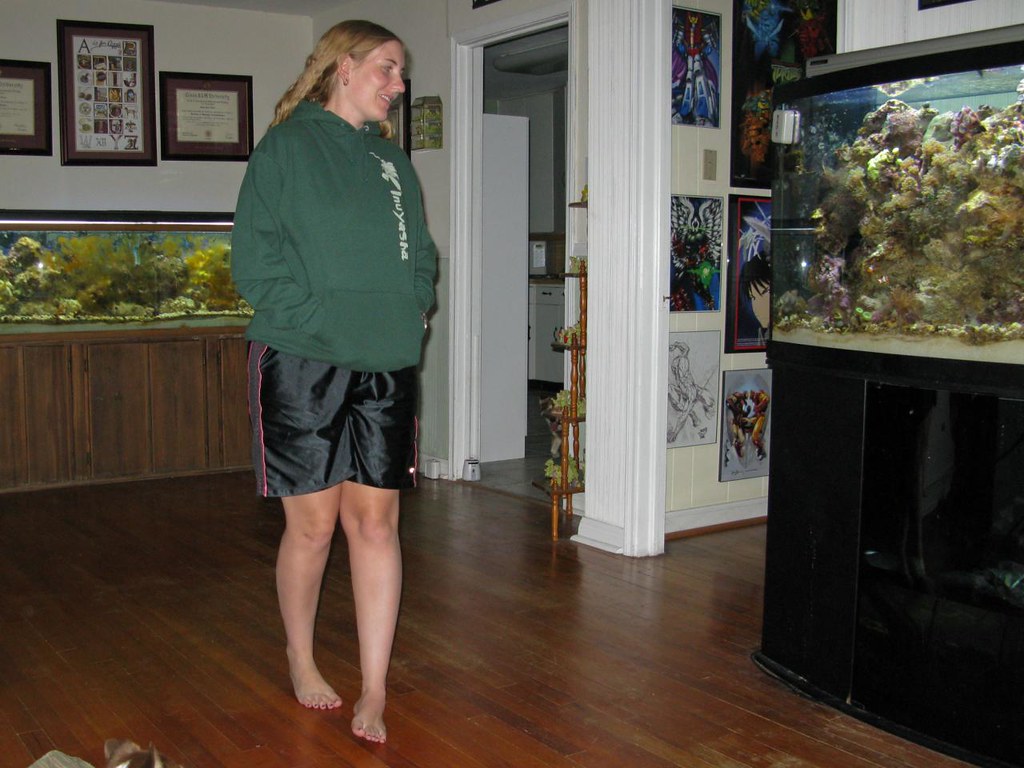
While many guides suggest cycling takes 4-6 weeks, the actual time varies considerably based on several factors. Water temperature significantly impacts bacterial growth rates, with warmer temperatures (75-85°F) accelerating cycling while cooler water extends the process. The pH level affects bacterial activity, with slightly alkaline conditions (7.0-8.0) generally supporting faster cycling than acidic conditions. The source of ammonia—whether from pure ammonia, decomposing food, or fish waste—influences how quickly and consistently bacteria receive their energy source. Tank size plays a role too, with smaller tanks cycling faster but being less stable once established. Using established media from another aquarium can dramatically reduce cycling time from weeks to days in some cases. Regardless of these variables, the cycle is only complete when your test kit confirms that ammonia and nitrite both read zero, even after adding an ammonia source.
Adding Fish After Cycling: The Gradual Approach
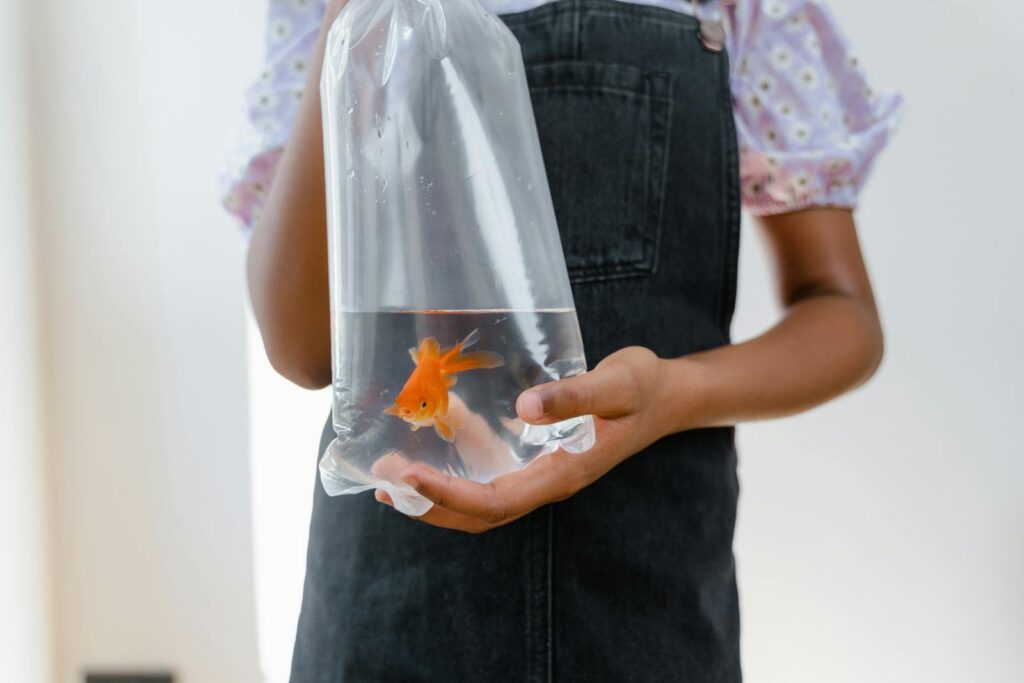
Once your tank has completed cycling, resist the temptation to immediately stock it to capacity. Begin with a small number of hardy fish, typically no more than 20-30% of your tank’s planned capacity. This gradual approach allows your biological filtration to adjust to the increased bioload without becoming overwhelmed. Wait at least one to two weeks before adding the next small group of fish, continuing to test water parameters to ensure ammonia and nitrite remain at zero. During this stocking period, monitor nitrate levels closely, performing water changes to keep them below 40 ppm for most community aquariums. Consider starting with hardier species that produce less waste before introducing more sensitive fish like discus or certain tetras. This patient, methodical approach to stocking reduces stress on both the fish and the aquarist while ensuring your cycling efforts result in a stable, healthy ecosystem.
Maintaining Your Cycled Aquarium Long-Term
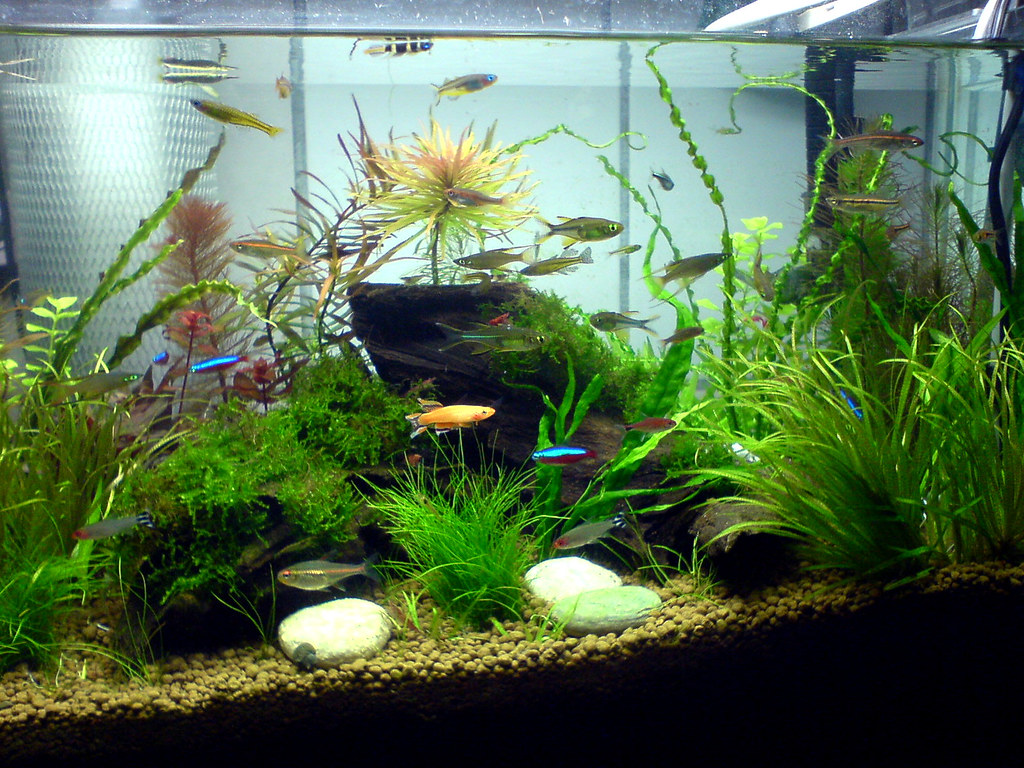
Successfully cycling your tank is just the beginning of aquarium keeping – maintaining that biological balance requires ongoing attention. Establish a regular maintenance schedule including weekly water changes of 25-30% to control nitrate accumulation and replenish trace elements. Clean your filter media using only aquarium water, never tap water, to preserve beneficial bacteria colonies. Avoid overstocking your tank, which places excessive demands on your biological filtration system. Test water parameters weekly initially, then bi-weekly or monthly once your system stabilizes, watching for any concerning trends. When adding new fish, quarantine them in a separate tank first to prevent introducing diseases that could disrupt your main tank’s ecosystem. Remember that your biological filtration needs consistent care – extended power outages, medication use, or neglected maintenance can all potentially crash your cycle, requiring you to start again from the beginning.
Troubleshooting Common Cycling Problems

Even with careful attention, cycling issues can arise that require specific interventions. If your cycle seems stalled with persistently high ammonia but no nitrite, check your water’s pH, as extreme values can inhibit bacterial growth – most beneficial bacteria thrive in pH ranges of 7.0-8.0. When nitrite levels remain stubbornly high without decreasing, small water changes can help reduce concentrations while still leaving enough for bacteria to process. If ammonia or nitrite suddenly reappear in a previously cycled tank, investigate recent changes such as filter cleaning, medication use, or overstocking that might have disrupted your biological filtration. A complete cycle crash may require starting over, though you can accelerate recovery using bacterial supplements and careful feeding management. For tanks with chronically unstable parameters despite cycling, consider increasing biological filtration capacity through additional media, reducing fish stock, or implementing more frequent maintenance routines.
Cycling an aquarium properly is the foundation of successful fish keeping, establishing the biological processes that transform a simple water-filled tank into a thriving ecosystem. Whether you choose fishless or fish-in cycling, the time and attention invested in this process pays dividends through healthier fish, reduced maintenance challenges, and a more enjoyable aquarium experience overall. Remember that patience is your greatest ally during cycling – rushing the process inevitably leads to problems that are more difficult to solve than simply waiting for nature to establish its balance. By understanding the science behind the nitrogen cycle, monitoring your water parameters diligently, and introducing fish gradually, you create an environment where both your aquatic pets and beneficial bacteria can thrive together in harmony. Your reward will be a stable, beautiful aquarium that brings joy for years to come.

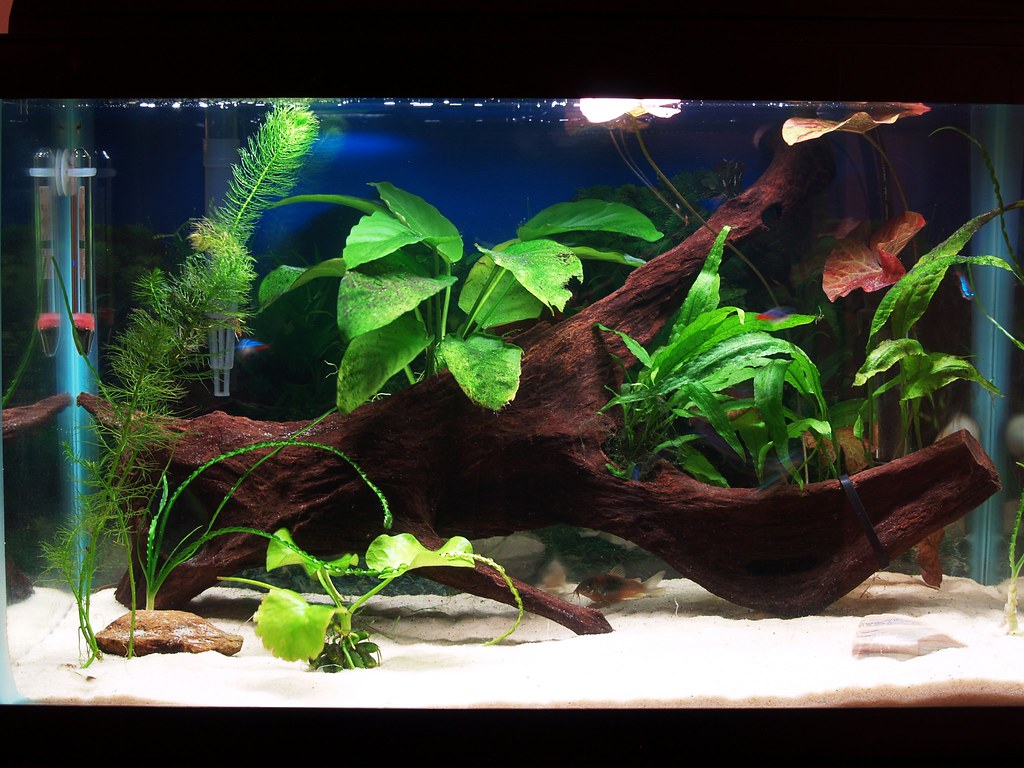

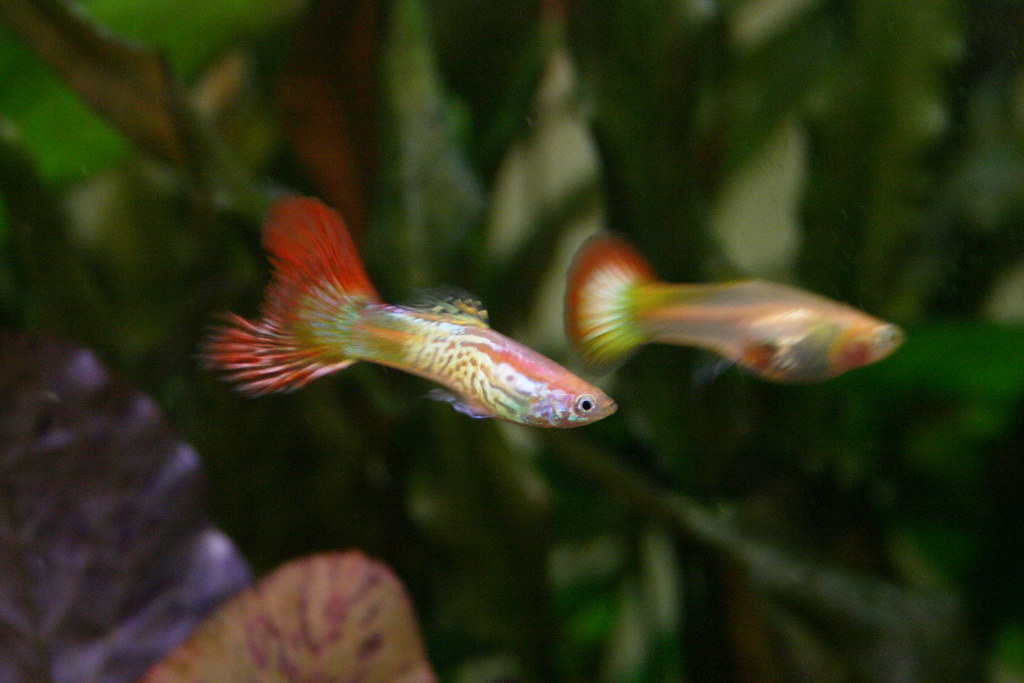
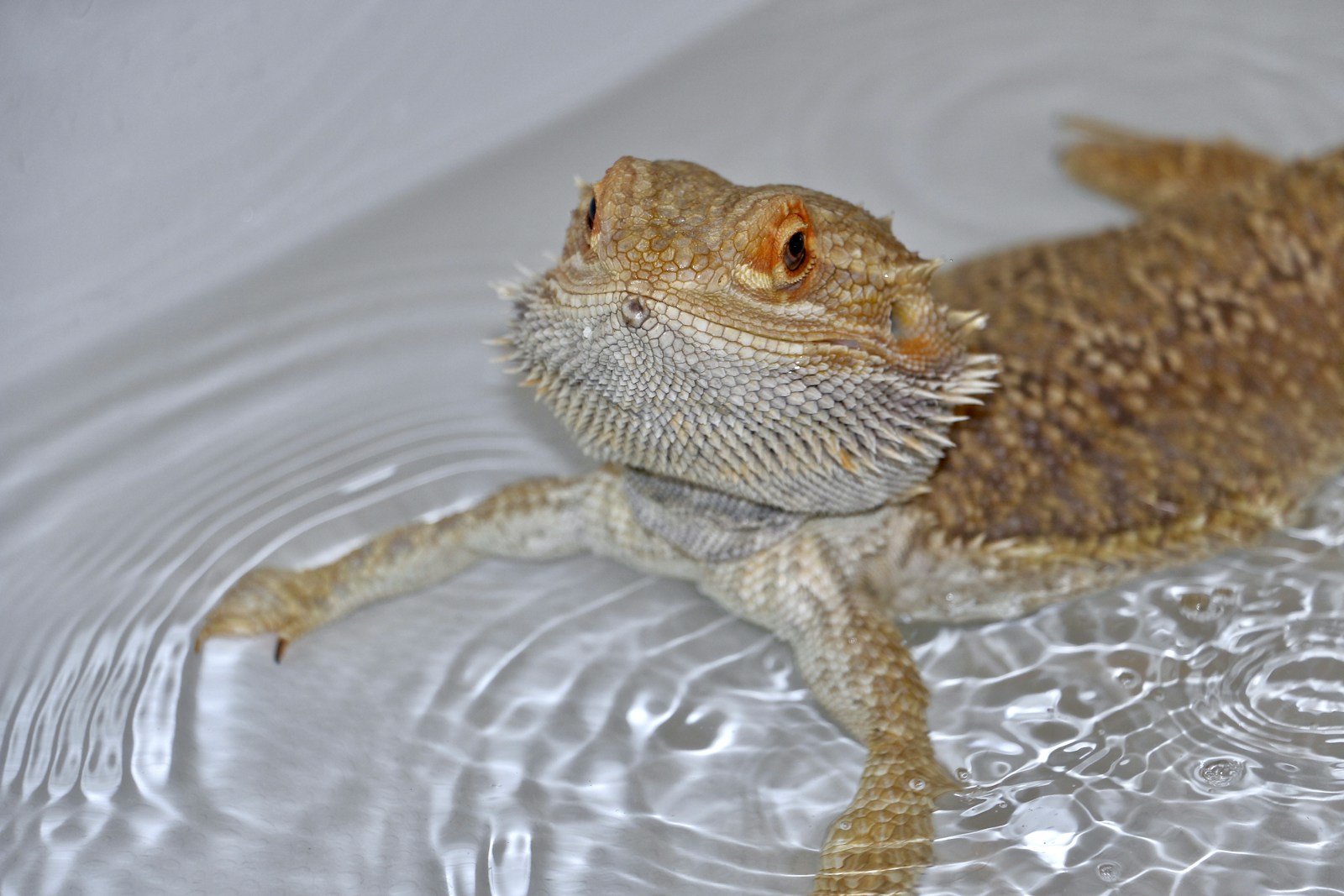

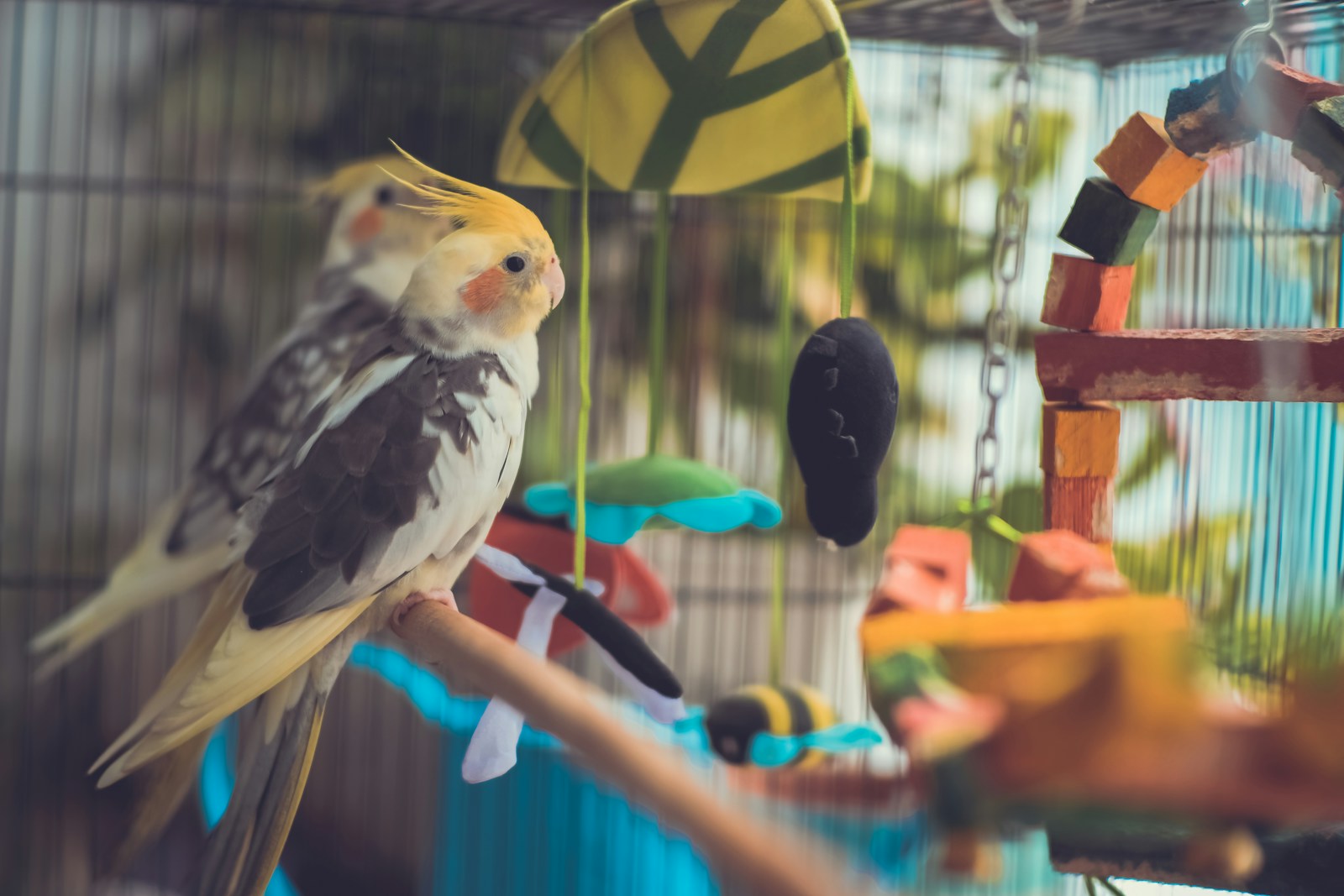

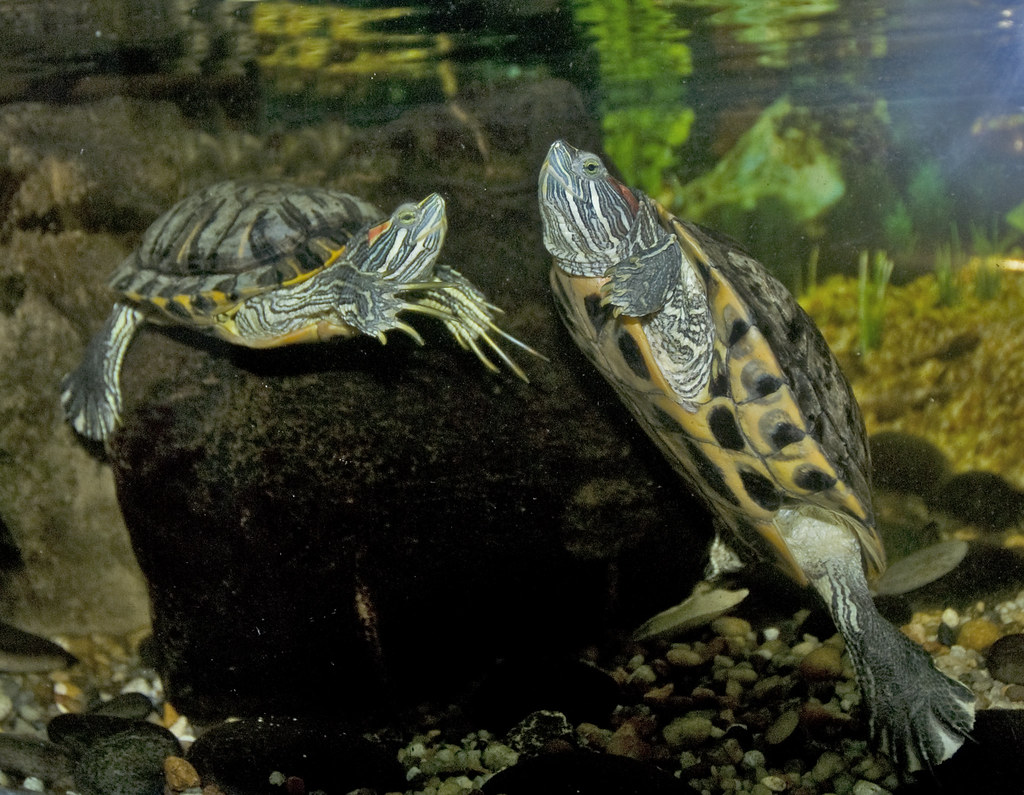
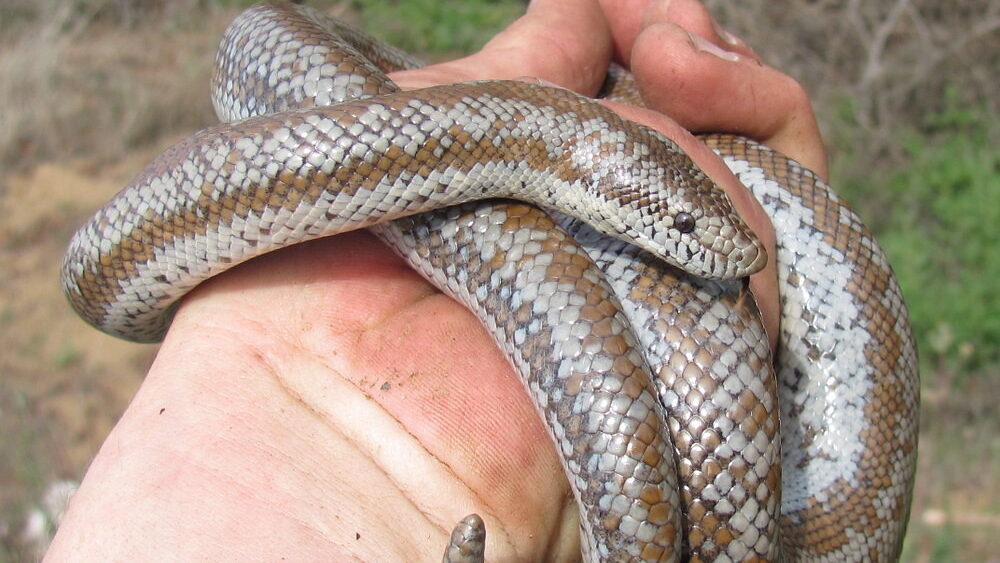





Leave a Reply